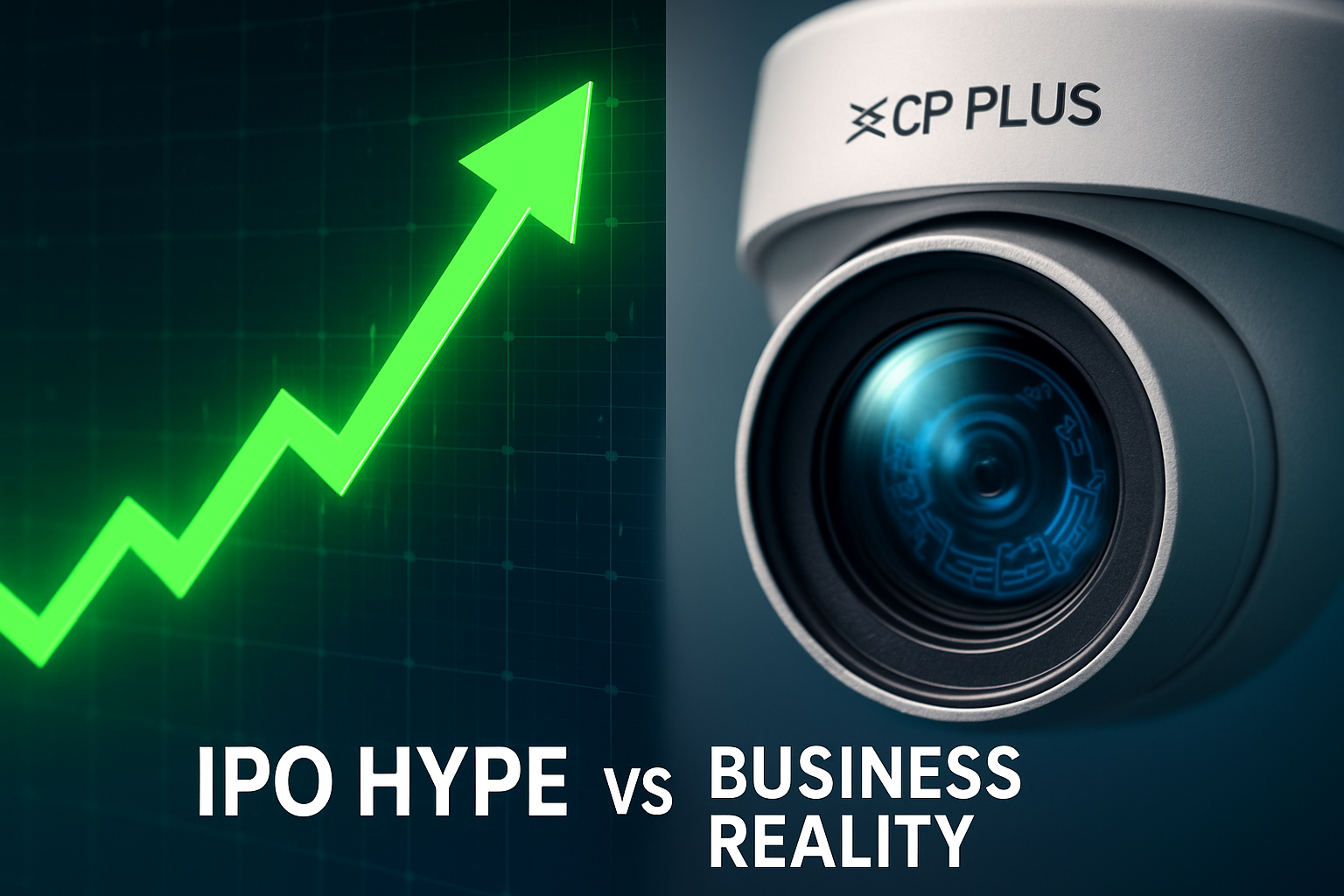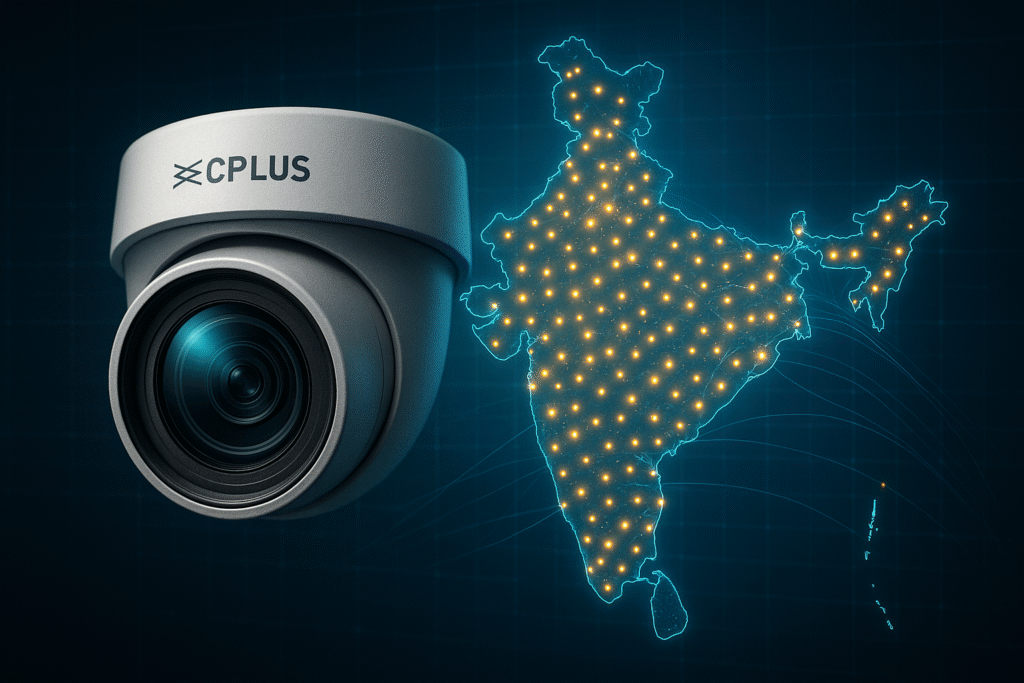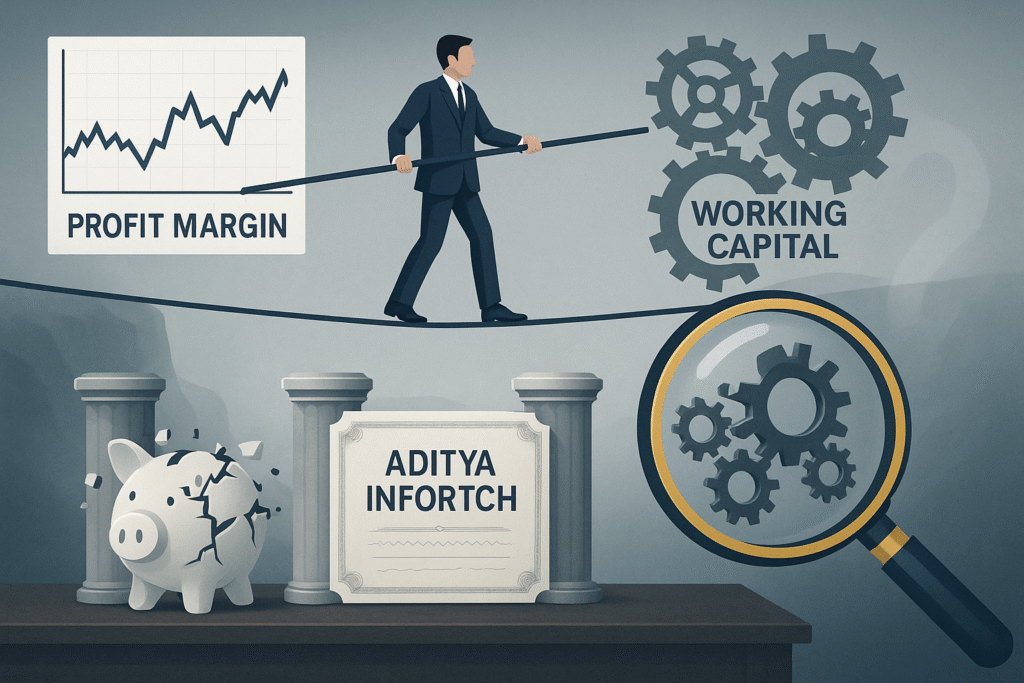The new ICICI Bank ₹50,000 MAB rule has stirred significant conversations across financial circles, and for good reason. Starting August 1, 2025, the private lender implemented a substantial hike in minimum average balance (MAB) requirements for new savings accounts—a move that deserves careful examination.
While change often signals progress, this particular shift raises important questions about accessibility and inclusion. Let’s decode what the ICICI Bank ₹50,000 MAB rule means for your financial planning.
The Numbers That Matter

ICICI Bank’s new MAB structure represents a significant departure from previous requirements. However, the impact varies dramatically based on your location:
Urban and Metro Areas
- New requirement: ₹50,000 monthly average balance
- Previous requirement: ₹10,000
- Increase factor: A staggering 5x jump
Semi-Urban Locations
- New requirement: ₹25,000 monthly average balance
- Increase factor: 5x jump from previous levels
Rural Areas
- New requirement: ₹10,000 monthly average balance
- Increase factor: 5x jump from previous levels
Importantly, existing customers who opened accounts before August 1, 2025, continue under their original MAB terms. This grandfathering approach provides some relief, though it creates a two-tier system.
Why Banks Adjust MAB Requirements

Understanding the rationale behind such moves helps us evaluate their merit. Banks typically adjust MAB requirements for specific goals:
Revenue Optimization
Higher balances increase the bank’s deposit base, providing more funds for lending. This improves the CASA ratio (a key profitability metric for banks that measures the proportion of deposits from current and savings accounts). For a deeper dive, you can learn more about the CASA Ratio on Investopedia.
Cost Management
Low-balance accounts often cost more in operational expenses than they generate. Higher MABs help banks streamline their customer base toward more profitable segments.
Service Quality Focus
With fewer low-balance accounts, banks can potentially offer better, more personalized services and enhanced digital offerings to their remaining high-value customers.
The Upside: Enhanced Banking Benefits

ICICI Bank hasn’t simply raised requirements without offering value. New account holders gain access to premium features:
Transaction Benefits
- Free NEFT transfers: No charges for digital fund transfers using NEFT (a nationwide electronic fund transfer system maintained by the RBI).
- Complimentary cash transactions: Three free monthly transactions (₹150 + GST thereafter).
- Waived service charges: Multiple banking charges are eliminated.
Digital Advantages
The bank has positioned this as a “redesigned product” with enhanced digital capabilities and priority customer service for those who meet the new criteria.
The Concerning Side: Accessibility Questions

This move raises legitimate concerns about the impact of the ICICI Bank ₹50,000 MAB rule on financial inclusion:
Exclusion Risk
A ₹50,000 MAB effectively excludes many middle-class savers, contradicting the broader trend toward greater financial inclusion.
Penalty Structure
Failure to maintain MAB results in charges equal to 6% of the shortfall or ₹500, whichever is lower. These penalties can accumulate quickly for budget-conscious customers.
Opportunity Cost
Parking ₹50,000 in a savings account earning just 2.5% annual interest represents a significant opportunity cost. These funds could generate better returns through Systematic Investment Plans (SIPs) (a disciplined investment method where you invest a fixed amount of money at regular intervals) or fixed deposits. Learn more about SIPs from the Association of Mutual Funds in India (AMFI).
Public vs Private Banking: The Great Divide

The contrast with public sector banks (PSBs) is striking:
Public Sector Approach
- State Bank of India has waived MAB penalties entirely.
- Punjab National Bank eliminated most MAB-related charges.
- Canara Bank and Indian Bank follow similar customer-friendly policies.
Private Sector Strategy
The ICICI Bank ₹50,000 MAB rule suggests a deliberate strategy to attract high-value customers, creating a clear divide in the banking ecosystem.
Who Stays Protected?

Fortunately, certain accounts are exempt from these higher MABs:
Zero-Balance Options
- Salary accounts: Complete MAB exemption.
- PM Jan Dhan accounts: Government-backed financial inclusion accounts.
- Basic savings accounts: Designed for low-income customers.
These exemptions ensure essential banking services remain accessible.
Strategic Considerations for You

For High-Balance Customers
If you consistently maintain over ₹50,000, the new structure might benefit you with waived charges and better service.
For Mid-Range Savers
Those maintaining ₹20,000-40,000 face a difficult choice: stretch your liquidity or explore other options.
For Budget-Conscious Individuals
Public sector alternatives become increasingly attractive. Moreover, exploring digital-first banks or cooperative banks might offer better terms for smaller savers.
The Broader Industry Impact

This move by India’s third-largest private bank could lead other private banks to follow, creating a more stratified banking landscape. Conversely, PSBs could attract customers seeking inclusive policies.
Making Your Decision

Before you react, consider your own situation:
- Evaluate your average monthly balance. Do you consistently meet the new requirement?
- Consider your banking needs. Do you use NEFT or make cash transactions frequently?
- Explore alternatives systematically. Compare what public sector and digital banks offer.
The Skeptical Optimist’s View

While the ICICI Bank ₹50,000 MAB rule makes business sense, it’s a concerning shift away from financial inclusion. The banking sector must not forget its social role in its pursuit of efficiency.
Nevertheless, the competitive landscape ensures you have choices. Those dissatisfied can easily switch to more accommodating institutions. This development underscores the importance of staying informed and regularly evaluating if your bank truly serves your financial interests.
Disclaimer: This analysis is for informational purposes only and should not be considered as financial advice or a recommendation to open or close any banking relationship. Please consult with qualified financial advisors before making banking decisions that could impact your financial planning.





















































































